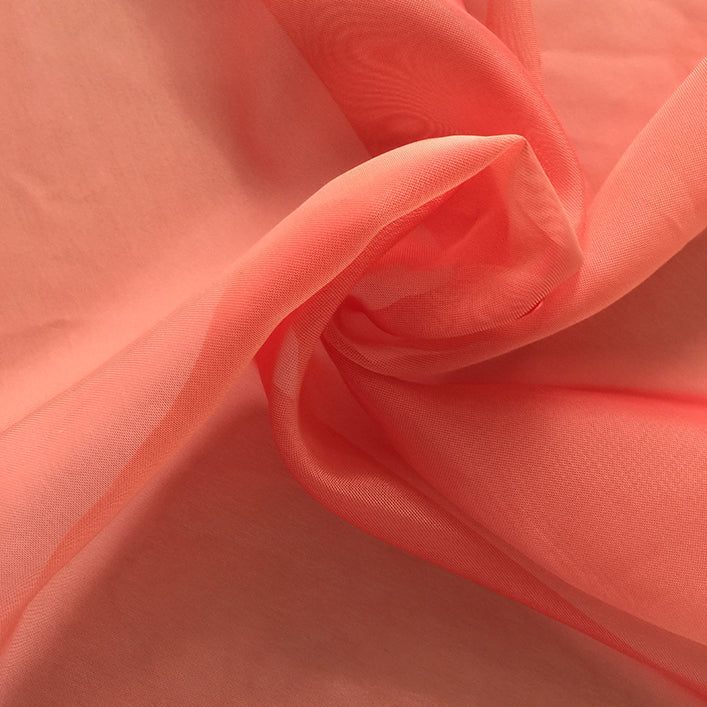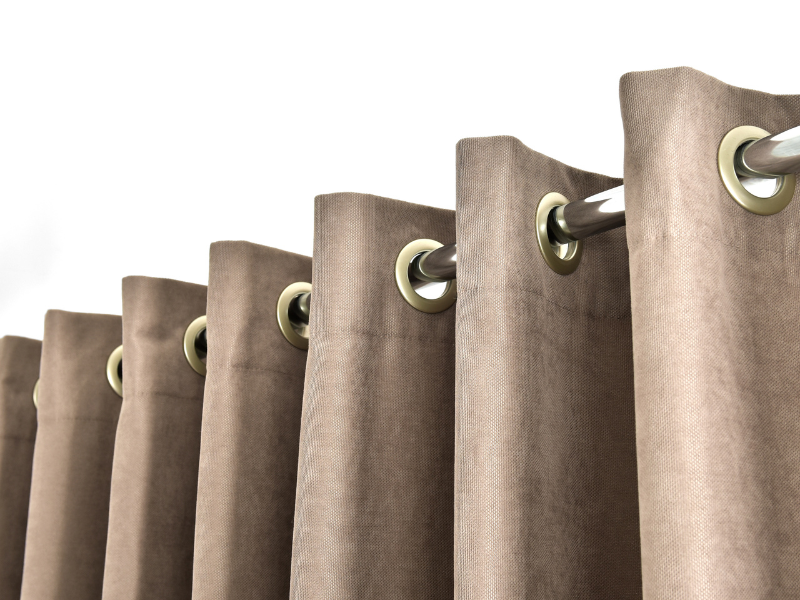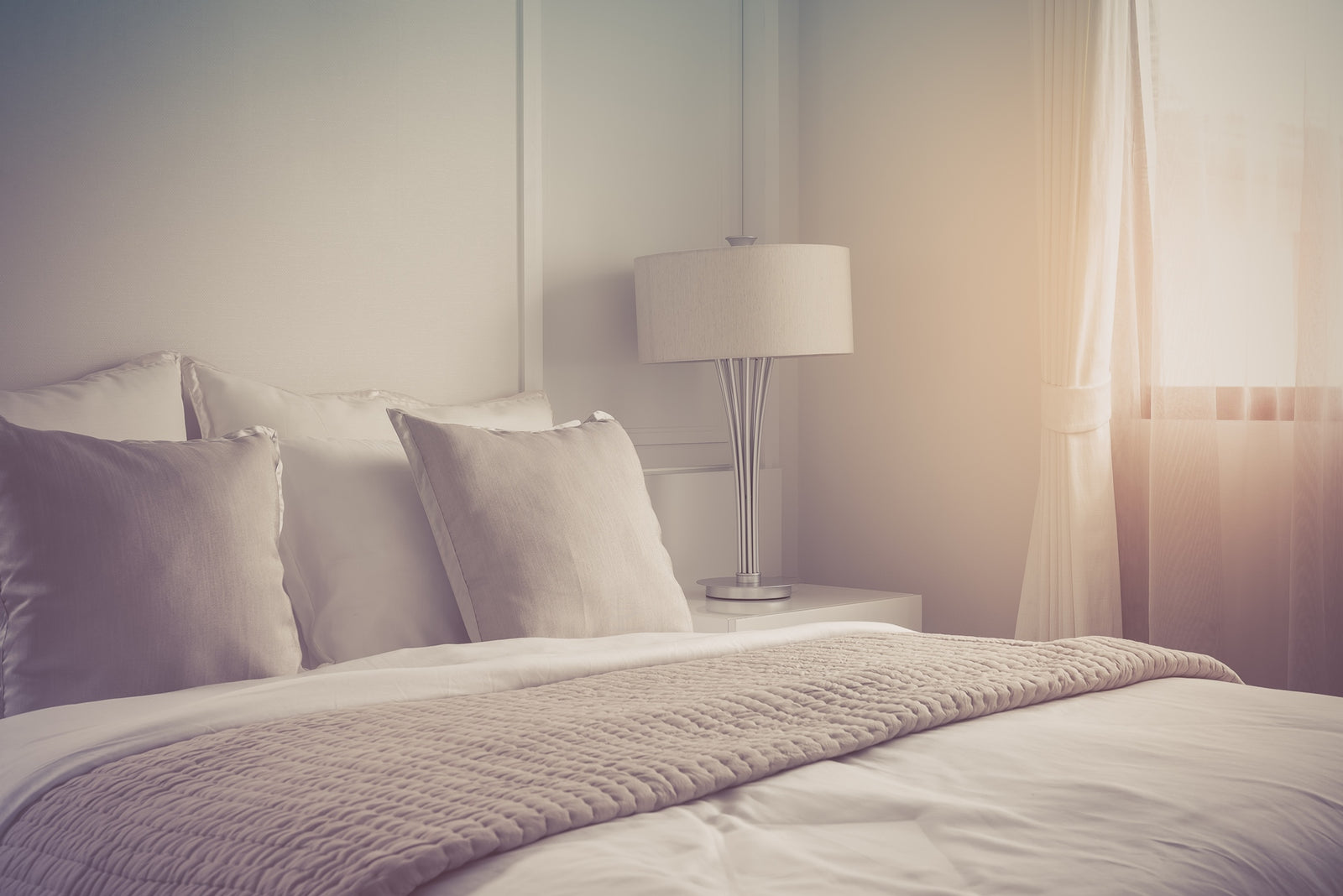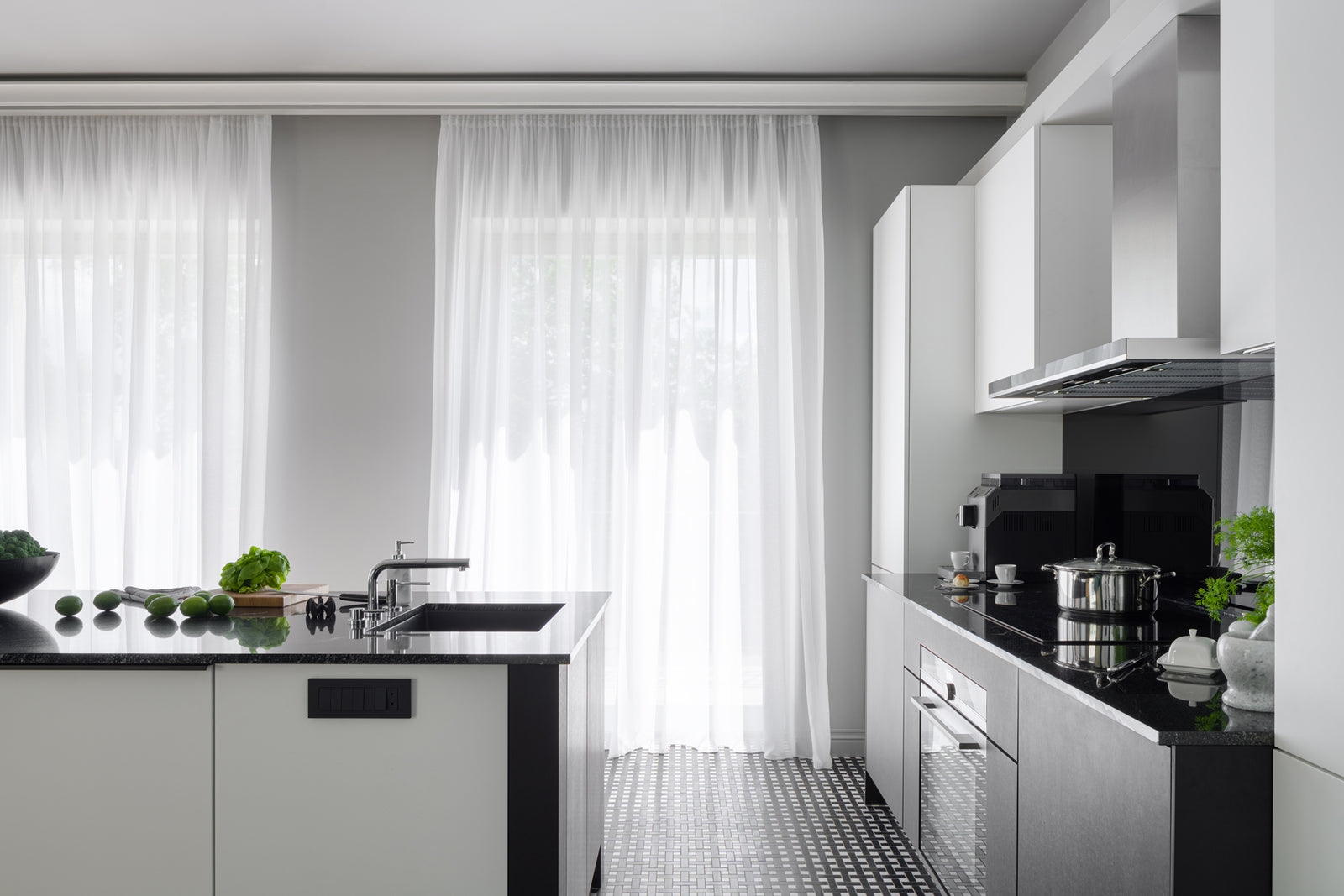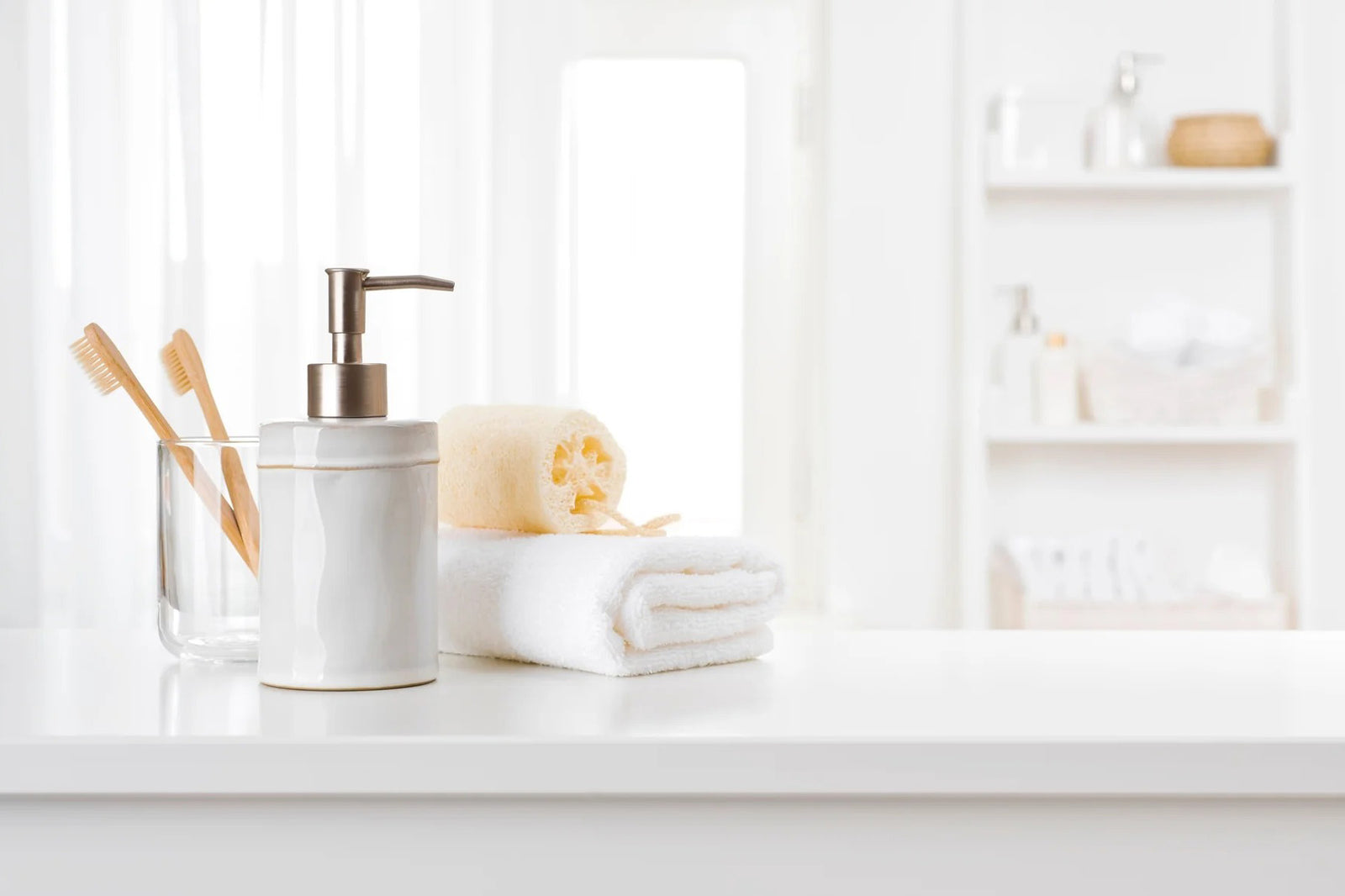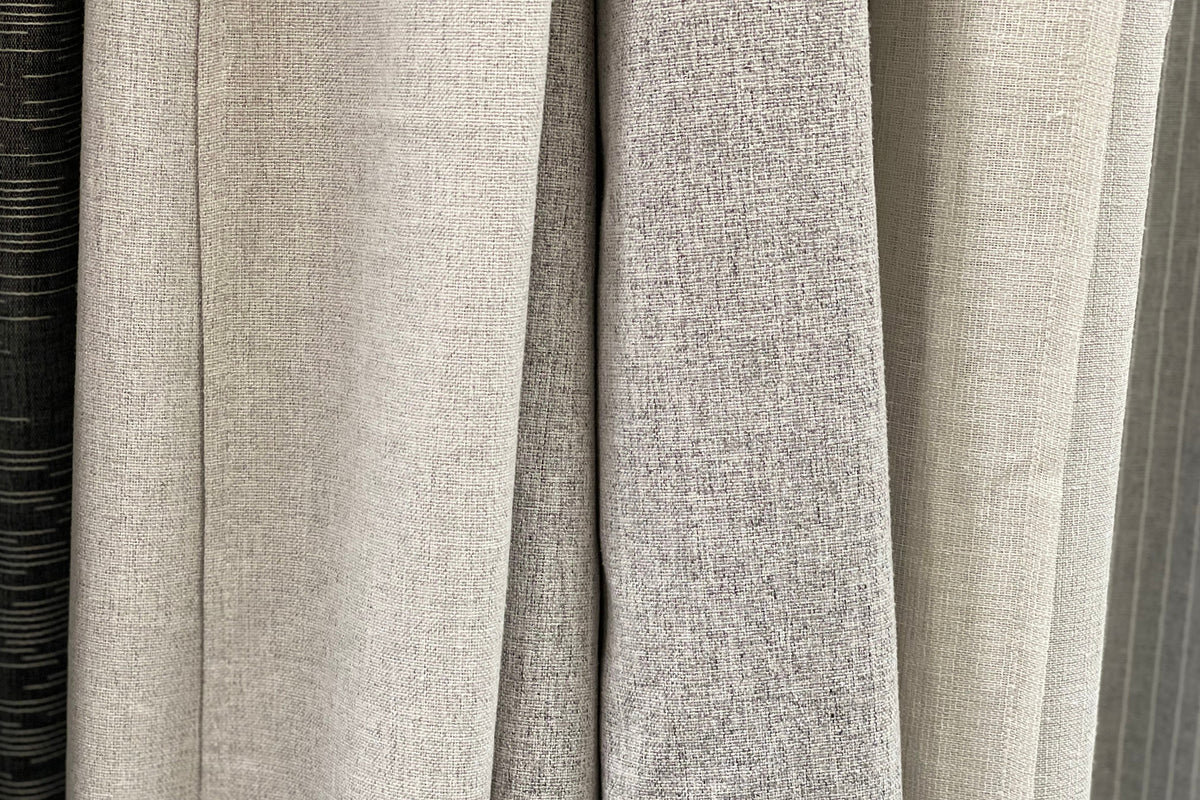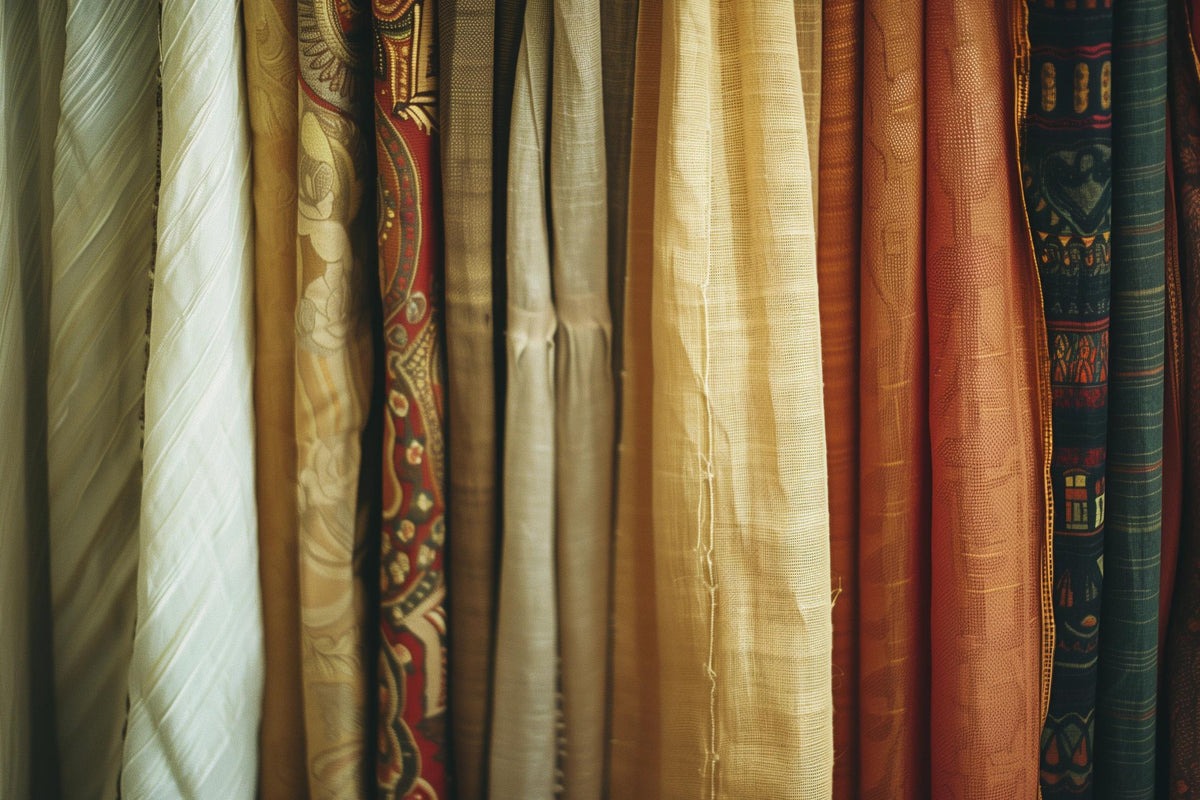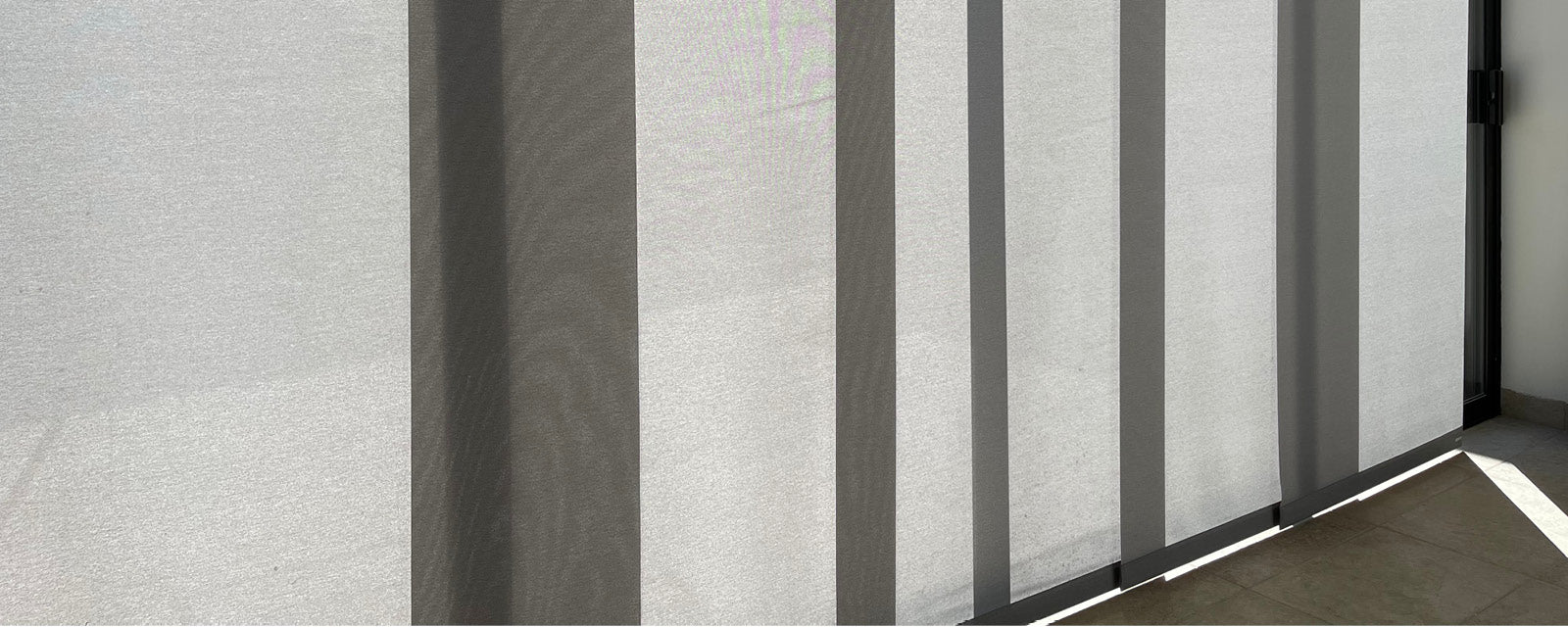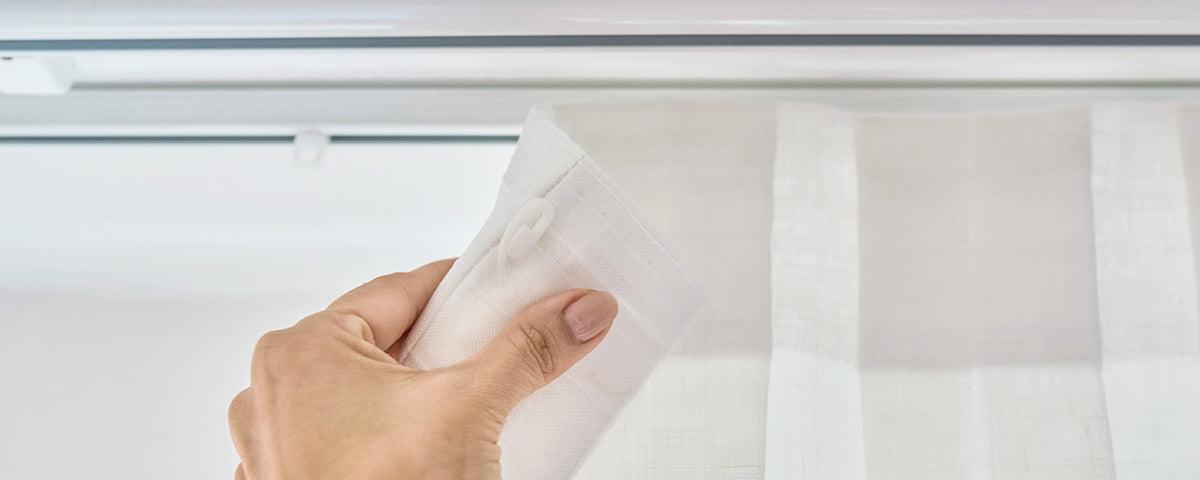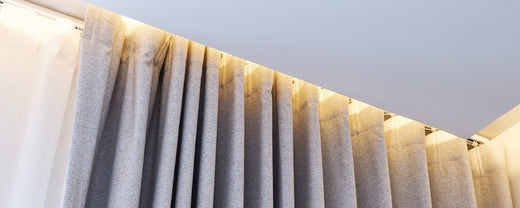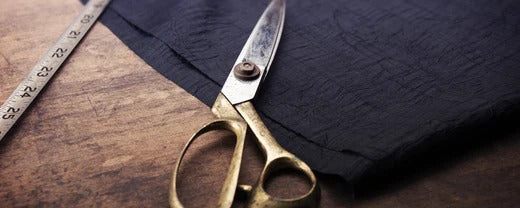
Sewing curtains is a great way to give your home a completely new look. Nevertheless, it can sometimes be difficult to find the perfect curtain that is both appealing and practical. In this guide we will look at how you can sew curtains that are both stylish and functional.
1. Which curtain fabric is the right one?
Curtain substances are available in a wide variety of materials, colors and patterns. The selection is huge and the decision is often not easy. Here are a few tips on what Purchase of curtain substances should pay attention:
- Pay attention to the quality of the fabric. The more high quality the fabric, the more durable and rather retain Curtains their shape.
- If you Bedroom curtains want to sew, you should have one opaque curtain/Fabric or even one Darkening curtain Choose so that the room can also be darkened in daylight.
- For the living room, transparent or semi -transparent curtain fabrics are ideal because they let the light through and make the room appear brighter.
At the beginning, you should above all consider what purpose the curtains should meet. Should you mainly meet a decorative purpose or should you also protect against light and heat? The size of the window also plays a role in choosing the fabric. Fat fabric is suitable for large windows, but light polyester or linen for smaller windows.
The color of the fabric is also crucial. Dark colors darken the room more and are therefore more for bedroom curtains or Living room curtains suitable. Lighter colors make the room appear brighter and friendly and are therefore ideal for Kitchen curtains, Children's room curtains or Bathroom curtains.
Tip: The larger the room, the more difficult the fabric should be. Thick curtain fabrics are ideal for large rooms because they ensure that the room looks comfortable and comfortable. Light fabric, on the other hand, is better suited for smaller rooms because it does not darken the room so much. We also offer you Vorhangschweiz The possibility everyone Curtain substances as free pattern to order home.
2. How do I determine the perfect size for my curtain?
Before you start sewing your curtains, you have to make sure that you have the right size. The Daily curtains Should be at least as long as the window sill and can extend to the floor or something beyond. Curtains that are too short have an incomplete effect, while curtains too long make the room appear smaller.
The width of the curtains depends on the size of the window and the desired case density. For a small window you should at least 2 layers of fabric use while for a large window 3-4 layers enough. If you want denser wrinkles, you can also use more fabric layers.
In order to calculate the perfect size for your curtains, we have ours for you Step by step instructions for the measurement aid compiled.
Tip: Cutting the fabric is one of the most important steps when sewing curtains. Always cut the fabric with a sharp scissors and avoid stretching or tearing it. Cut the fabric into straight lines so that it is easier to sew later.
3. Which suspension fits my curtain?
Curtains are not only an important part of the facility, but can also influence the atmosphere of a room. The choice of the right suspension is therefore crucial for the perfect sewing of curtains.
There are different types of curtain suspensions that all have their advantages and disadvantages. The most common are Curtains with Glider, Curtains with eyelets, Curtains with wave assembly and Loops.
The choice of fastening depends on the size and the weight of the curtains. It is advisable for severe curtains, Instead of processing the fixed VS57 glider instead of a click glider. This type of curtain is solid and looks very elegant. For light curtains, a simple loop curtain, curtains with Glider Or a wrinkle curtain with eyelets.
Sewing curtains yourself is a challenge and the level of difficulty increases with certain suspensions. The easiest is one Fold tape Or a loop curtain. The advantage of the wrinkle tape is that the folds are unchanged after laundry.
4. What do I have to consider when sewing?
Sewing curtain is not witchcraft! If you follow a few simple steps, you can sew your own curtains that look as good as that of a professional.
· The hem
The hem is the lower and side edge of the curtain and should be sewn clean so that the curtain hangs properly. It is best to close the hem with a needle with a large eye and strong nylon thread (so that it doesn't tear). Use a French Seam (French seam) to process the hem cleanly and ensure that there are no threads.
· The upper envelope
Near the curtain on the upper edge with a double or triple heel. This prevents the fabric from fraying or dissolving. Take the ribbon and place it on the top of the curtain so that the ends overlap. Near the wrinkle tape on the top edge of the curtain, so that a hem is created. Then cut the corners of the cruciate ligament clean.
· Hanging
You can now hang the glider in the ray band, depending on the optics, metal rings or other suspensions. According to your ideas and the right design for your daily curtain or Night curtain. Make sure that the curtain hangs evenly and does not throw wrinkles. Then attach the curtain to the curtain rod and check again whether it hangs evenly and does not throw wrinkles.
5. How are my curtains to fold and iron?
After sewing your curtains, it is now time to wrinkle and iron them. This is an important step to ensure that your curtains sit perfectly and look neat. Follow these simple steps to fold and iron your curtains.
- First you should fold your curtains in the middle. To do this, put the curtain rod in the middle of the fold and bring the two sides of the fold together.
- Then you should turn your curtains on the left and smooth the edges.
- Now you can iron your curtains with an iron. Always start at the underside of the curtain and work up to the top. Make sure that the iron is not too hot, otherwise the wrinkle of the curtain could be damaged.
- When you're done, you should turn your curtains back to the right and attach it to the pole. Now hang your perfectly folded and ironed curtains on the bar and are ready for use!
6. FAZIT - Sewing curtains yourself made easy
Sewing is a great way to create self -designed curtains that meet your own requirements. Of course, it takes some practice and sensitivity, but with a little patience and fun, it is not a problem. There are different types of curtains that you can sew yourself. On the one hand, of course, the classic long curtains, but also curtains for the bathroom are possible. There are different fabrics for all of these types of curtain, so that there is the right one for every taste and claim.
For everyone who does not have time or desire to put on a hand Vorhangschweiz the possibility Curtains to measure To adjust and let sew. We rely on Swiss sewing studios and short distances. You can also use our textile consultants when measuring at home and from ours Free home advice benefit.

